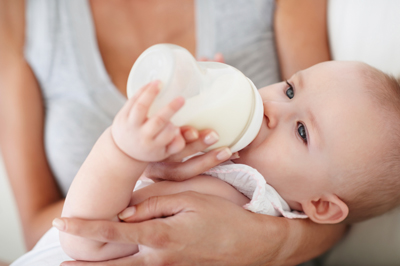Ask the experts: Milk banking
I’m not able to pump enough milk for my preemie […]

Catering primarily to premature, ill and fragile infants in neonatal intensive care units, milk banks are designed for the collection, screening, processing and distribution of donated human milk. Ensuring that all donations adhere to the strictest of safety standards, the guidelines implemented for donor submissions have been counseled by the U.S. Food and Drug Administration (FDA), blood banks and CDC. Prior to submission, each applicant is required to take part in an in-depth medical screening along with an administered blood test. Certain health and lifestyle behaviors—such as smoking, the use of medications, alcohol and even certain herbal supplements and vitamins—are prohibited. Once donations are received, each submission is screened, pasteurized and analyzed for nutritional content. The nutritional analysis provides an accurate depiction as to the amount of carbohydrates, proteins, calories and fat present in each sample. Once this information is collected, it is appropriately allocated to each recipient according to their medical complications or gastrointestinal needs. To administer the necessary tests, all breast milk donations are submitted frozen, either at a drop-off site or via direct shipment to the milk bank. Once thawed, the breast milk is tested and pasteurized which eliminates any possible bacteria or viruses. The milk is tested again after pasteurization for any traces of bacteria prior to being dispensed.
—Joy Kosak, co-founder of simplewishes.com, breastfeeding expert and mom of two







